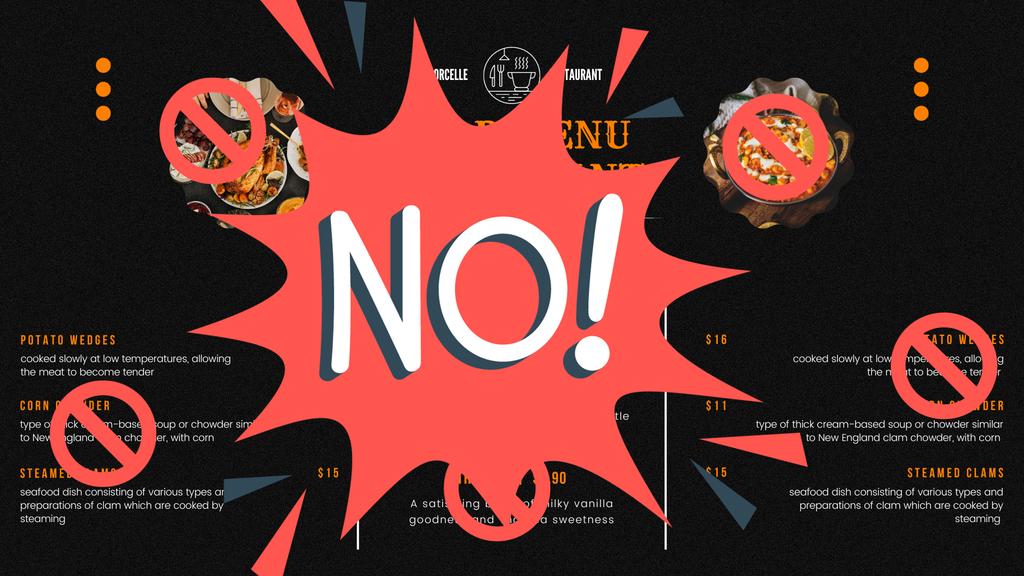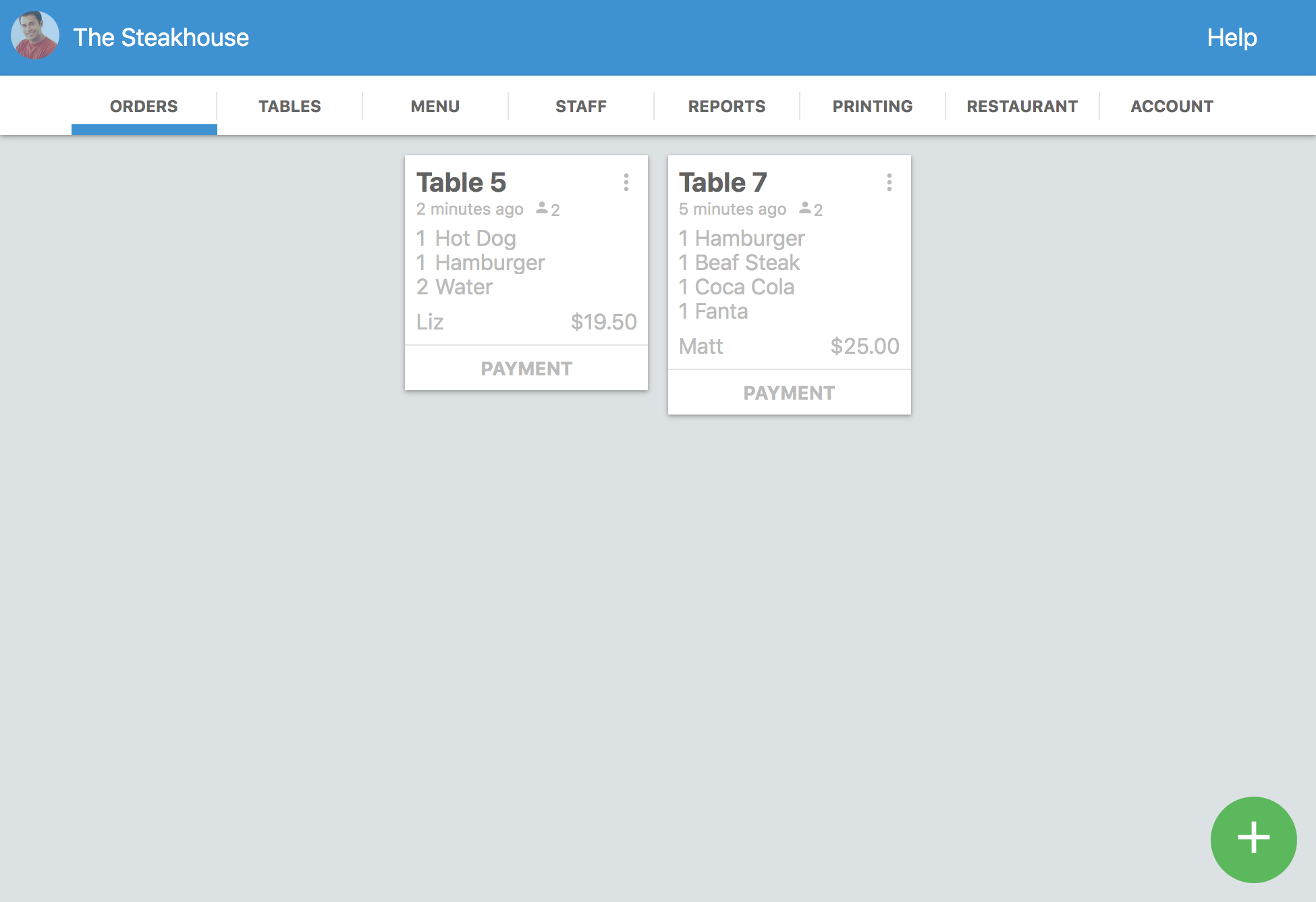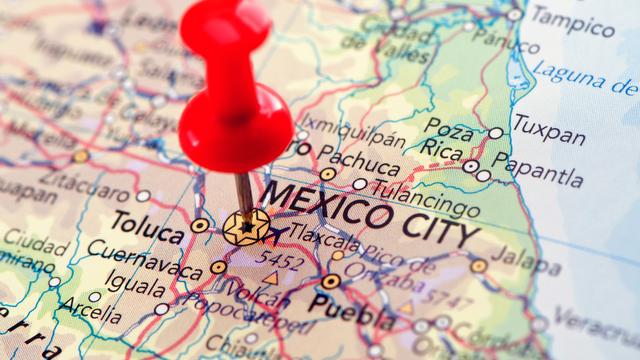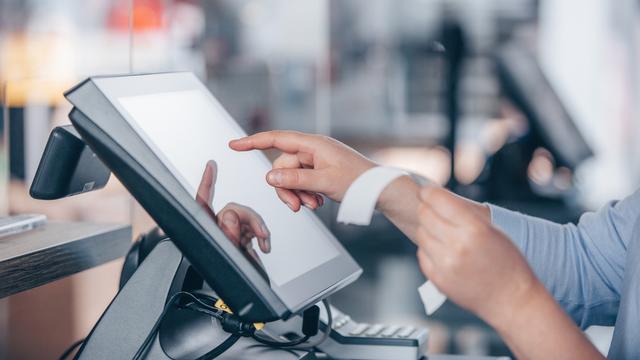Menu engineering is something restaurateurs must consider as a valuable tool to improve their profits, boost the sales of highly popular menu items, and save money while doing so. The best part is that, even though it sounds like something very complex and hard to achieve, it’s not that difficult to optimize your restaurant’s menu with a proper degree of attention to detail. In this article, I’ll tell you about the following:
- All about menu engineering
- Why it is such a useful tool for restaurants
- And the steps you must follow to apply it in your business
I highly recommend that you read this article and take notes on a few key points I’ll mention below. Even though it’s not a complex subject, some numerous tips and steps can help you take full advantage of menu engineering. Taking notes will come in handy when it’s your turn to apply it. Let’s begin!
What is menu engineering?
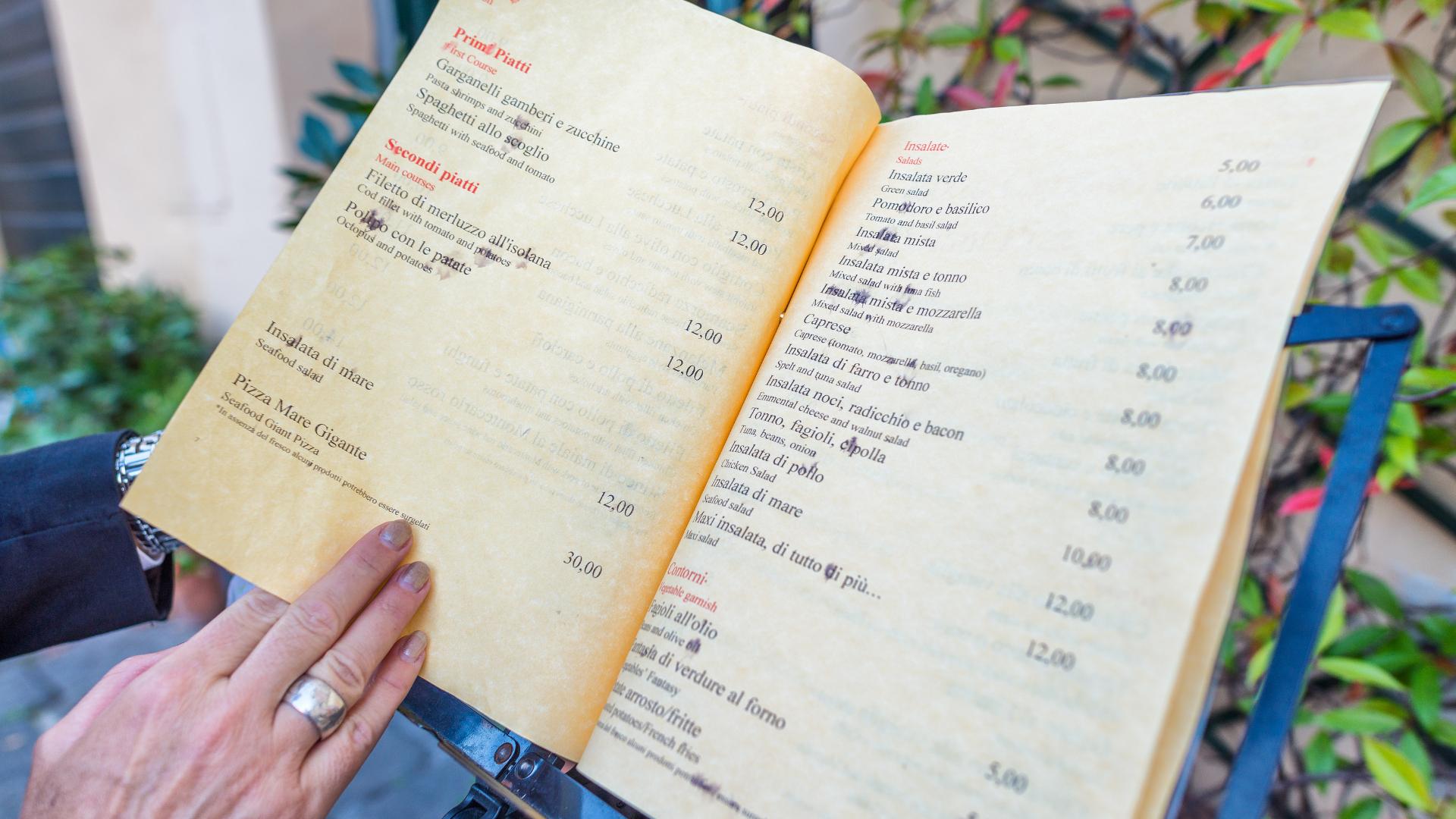
Menu engineering is the simple act of optimizing your restaurant’s menu so it becomes more effective at satisfying both your restaurant’s needs and your customers. You can optimize your menu with one purpose or the other, but proper menu engineering takes into account both your restaurant’s profitability and your customer satisfaction. The complex aspect of menu engineering is that it takes a granular approach – it helps you optimize your restaurant’s menu by paying attention to the minute details. It’s not simply redesigning your menu to make it prettier or more colorful. Instead, it takes into account the following aspects of your menu:
- Color
- Size
- Distribution or organization
- Dish descriptions
- Dish photography
- Name of the dishes
- Cost of every menu item
- Prices
- And customer psychology
If you want to focus on the details, you can also optimize things like texture using high-quality paper and printing techniques.
What Are the Benefits?
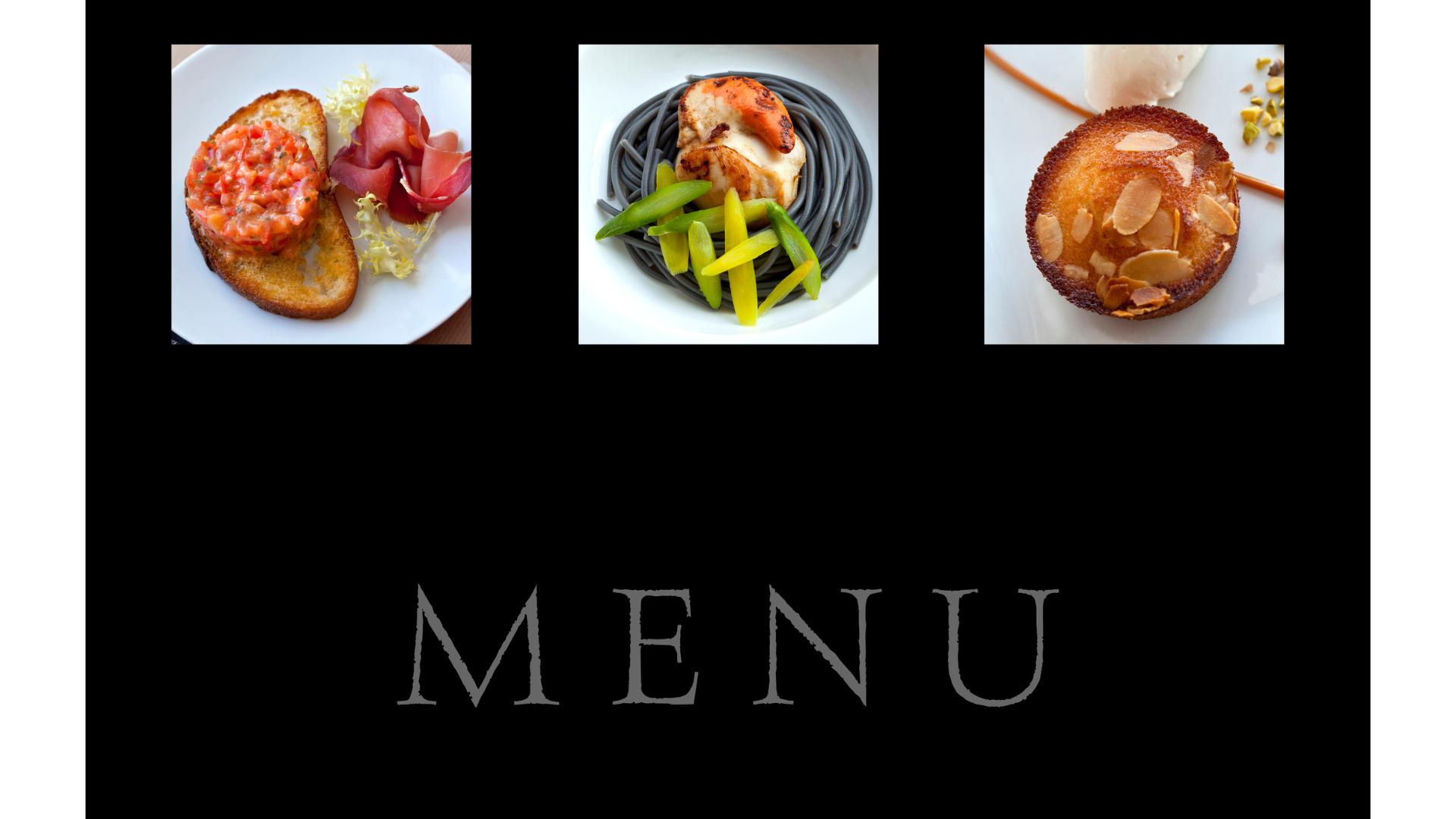
You might think that micromanaging your graphic designer into annoyance with menu engineering is not particularly useful. However, there are numerous benefits to using menu engineering that will convince you otherwise. Here are some of the most important:
- Increased profits: By identifying and removing low-profit items from your menu, you can free up space for more profitable things. You can also raise prices on your most profitable items without losing customers.
- Improved bottom line: Menu engineering can help you reduce your food costs by identifying and removing items with high food costs. You can also enhance your portion sizes and reduce waste.
- Increased customer satisfaction: By offering a variety of items that appeal to a wide range of customers, you can increase customer satisfaction. You can also use menu engineering to highlight your most popular items and encourage customers to order them.
- Reduced food costs: By understanding your menu's profitability, you can make better decisions about which items to order and how much to charge for them. This can help you reduce your food costs and improve your bottom line.
- Increased sales: By strategically placing your most profitable items on the menu, you can increase the chances that customers will order them. You can also use menu engineering to create special offers and promotions that encourage customers to spend more.
Aside from the direct improvements in sales and profits, it’s worth noting that menu engineering can also help you optimize your restaurant’s inventory management and food waste. This is because menu engineering is tightly related to the number of dishes on your menu – if you have items that don’t sell well enough, you can remove them to avoid losses and ease inventory management.
The steps of menu engineering
Now that you know what and why, it’s time to start with the how. From this point on, take out your notebook and start jotting down everything you think is relevant so you can optimize your restaurant’s menu later. It’s also worth having your menu and other information about your restaurant’s recipes and cost breakdown close by to think of relevant ways to optimize your menu and dishes as you read.
1. Analyze your current menu

The first step is to analyze your restaurant’s menu considering two things specifically – popularity and profitability. You can do so using your POS system, which will allow you to understand which menu items sell more than others. In most cases, those will be the popular items. First, categorize all the dishes using that information. When you’re done, it’s time to check how much money you make with every sale. To calculate that, simply add up the cost of the recipe, and subtract it from the sale price. Here’s a quick example:
- Hamburgers cost $4 to make
- They are priced at $10
- Your restaurant makes $6 of gross profit for every burger
You can also use more detailed calculations to obtain net profit margins for each recipe if you want to, but that’s not necessary at this point since increasing your restaurant’s gross profit margin will inevitably increase net profits. Check out our article about what restaurant metrics to track if you want to improve your restaurant’s bottom line.
Note: A POS system like Waiterio gives you access to all the necessary data you can use to optimize your restaurant’s menu. Learn more about Waiteiro’s restaurant POS here!
2. Identify your target customers
Menu engineering has a lot to do with who your menu or specific items in it are directed at. Simply put, you need to know who your customers are and what they want so you can include the right offers. If you do this successfully, you’ll be able to create a menu with balanced items that sell because customers are looking for them. Here are a few techniques you can apply to study your current customers.
- Customer surveys: These are the perfect choice for both new and seasoned restaurants because they allow you to get direct information about your customer’s needs. You should ask questions about what food they prefer, how they prefer to order it (take out, delivery, or dine-in), and even price point questions. This will give you a lot of vital information that will help you make relevant changes to your menu. The best part about surveys is that you can use them in several mediums, like physical questionnaires in your restaurant, online surveys or forms, and even social media polls.
- Analyze your sales data: This is information you’ll have if you have been operating for a while. You can look at which items sell the best, and which items don’t. That information will allow you to make decisions like including more of the best, eliminating or changing the worst, and maybe adding new options.
- Website and social media traffic and follower information: This one is a little more advanced, but if you can obtain this information, it will be incredibly beneficial in helping you make accurate decisions. Social media gives you insider data about who follows you, which is basically who is interested in your restaurant, their ages, and more. This can help you determine other information, like the purchasing power of your customers, and create buyer personas. This is also information you can obtain from your website if you have one, which is especially important if you have a working online ordering system.
- Talk to your staff: Your staff interacts with customers directly, so they can have a lot of useful information such as what dishes are popular, what customers complain about, the average age of customers, and what they think could be improved.
Keep in mind that you can also study new target customers and markets, especially if you want to pivot the restaurant in a different direction. This is something worth studying if you discover you’ve been targeting the wrong customers. Also, you’ll need to consider new customers if the ones you want to appeal to don’t have enough purchasing power for your offer or if the sample isn’t big enough to keep your restaurant afloat.
3. Set your menu goals
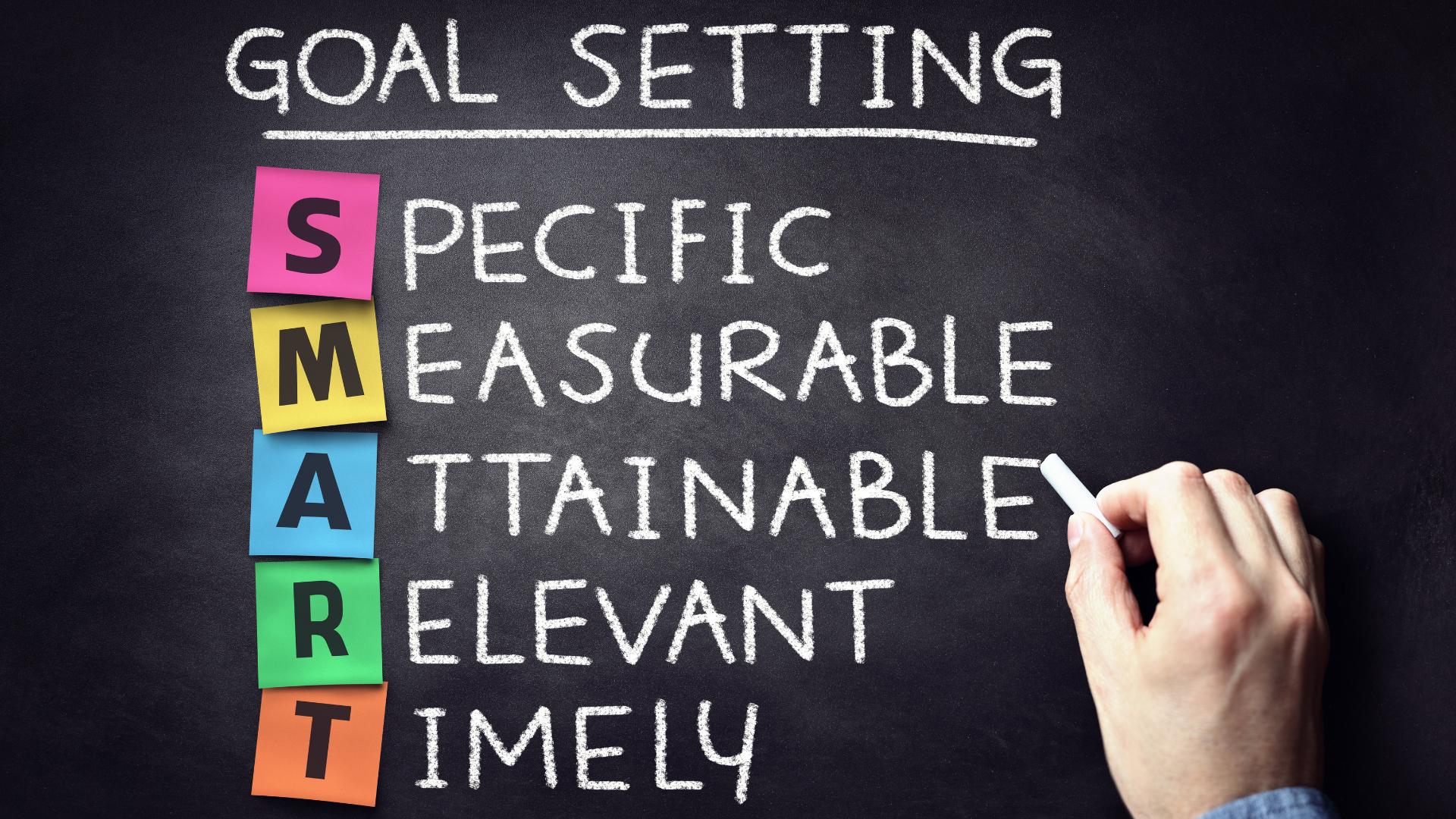
By now, you should know everything about your menu, have some changes or ideas to apply, as well as know who your customers are. Ideally, you’ll have created several buyer personas profiles. With that in mind, it is time you set your menu’s goals. Here are a few examples of what you might want to achieve with the menu changes:
- Increase profits: This is the most common goal of menu engineering. By identifying and promoting your most profitable items, you can increase your overall profits.
- Improve customer satisfaction: A well-engineered menu can help you improve customer satisfaction by offering dishes that appeal to a variety of tastes. It can also help you avoid menu fatigue, which can lead to customers becoming bored with your offerings. It’s important to keep in mind that you can’t appeal to every customer.
- Reduce food waste: By carefully analyzing your menu, you can identify items that are not selling well and remove them from the menu. This can help you reduce food waste and improve your bottom line and inventory management.
- Increase average order value: By cross-selling and upselling, you can encourage customers to spend more money each time they visit your restaurant. This can help you increase your profits.
Of course, these are the most common goals of menu engineering. There might be other goals you want to achieve, like optimizing your menu to make it smaller so it’s easier to remember for servers, or to optimize kitchen productivity, or increasing efficiency in the kitchen, among other things. The specific benefits you want to get apply only to your restaurant! You should also think about how they will affect your restaurant – there can be hidden negative consequences to changing your menu and you must be prepared to face them as well. Finally, setting your goals goes hand in hand with the strategies you will apply.
4. Start applying menu engineering strategies
You’ve reached the good stuff – the changes that will make or break your restaurant’s menu. This is a part of the process where you must focus and think about your actions to the point of exhaustion. Why? Because the wrong change can indeed break your restaurant. Here are the specific strategies you can apply to your menu with examples.
Price optimization
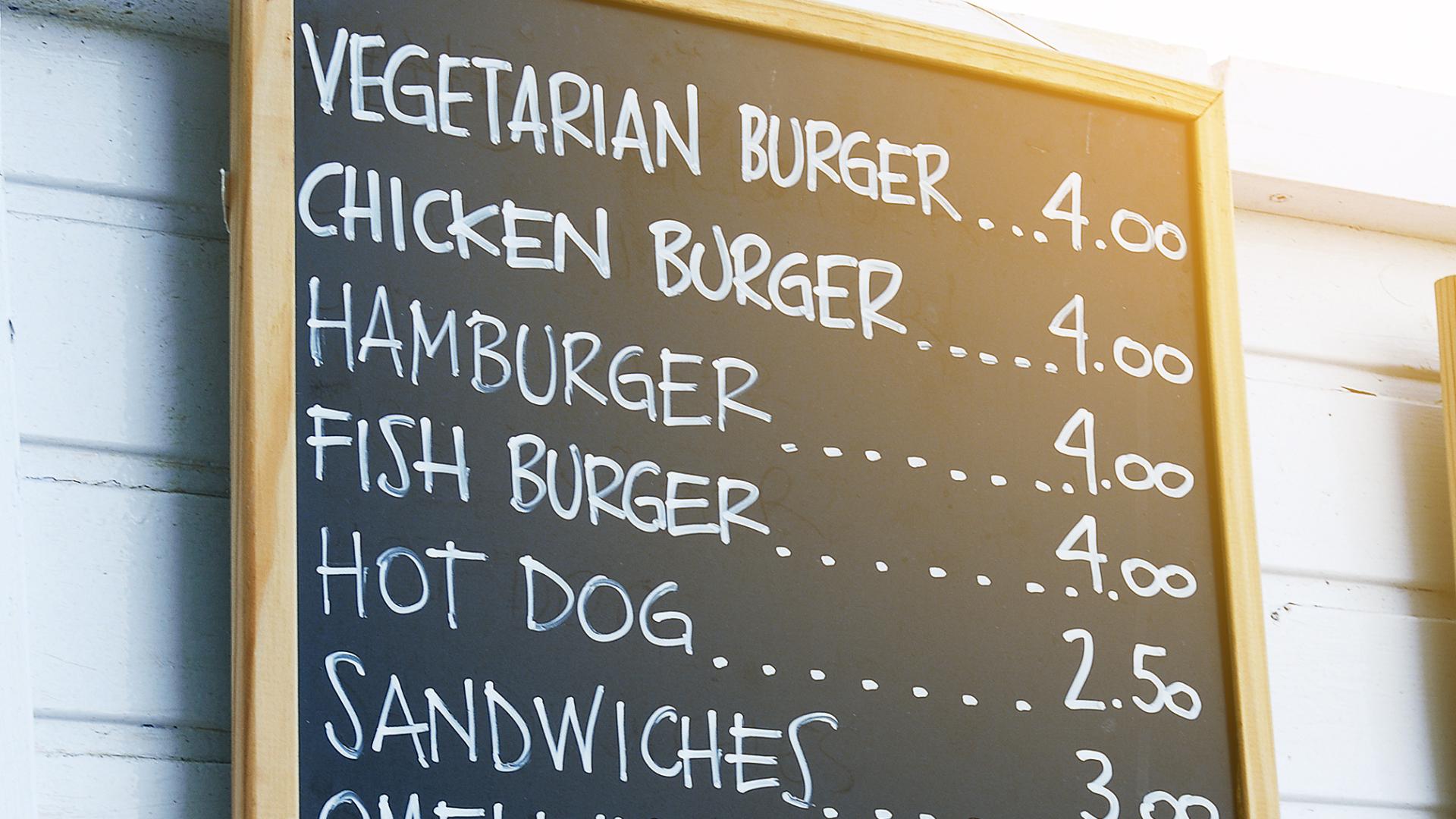
The first strategy is to modify your prices so they are in line with your restaurant’s goals. Price optimization is not about increasing them – although you can –, it’s more about finding the right price point for every single menu item. You must consider the following factors when setting the price of a dish:
- The ingredients and cost of the dish: There’s one simple rule – never charge less than the cost of preparing a dish. This might sound simple enough, but what this rule doesn’t mention is how much you should profit from the dish.
- The psychology of pricing: There are three approaches to this issue. You can set a price that allows you to profit by a lot, a price that’s fair, or a price that is a bit on the low end. Profiting a lot from a dish might seem like the best way to go, but you must also consider the customer’s point of view. If they think a dish is overpriced, they might not buy it. On the other hand, if your restaurant is high-end, having a big price tag can help sales because customers feel like they’re paying for the experience and high-quality ingredients, so the price is justified. Putting a fair price is a good general practice, and in fact, if you’ve been doing things properly, a fair or even a slightly high price is your starting point. A low price can help boost sales if customers feel like it’s a steal or an offer that’s too good to refuse. On the other hand, customers might take a low price as an indication of low quality, which is something you don’t want.
Some restaurant owners or managers also like to consider their competition to set prices. This is a double-edged sword when it comes to setting prices. My recommendation is that you acknowledge the prices of your competitors at all times, but don’t let it impact your restaurant’s prices unless it’s really necessary, especially if their prices are lower. Fighting with your competitor’s low prices is a war nobody wins – many restaurants have closed their doors doing so. Instead, fight with high-quality service and food that always satisfies your customers.
Price optimization example
My food truck sells hamburgers and they all share a basic hamburger base (meat, buns, veggies, ketchup, mustard, and mayonnaise). I also sell french fries. Here’s what I’ll consider when setting my prices.
- My goal is to improve my profits.
- The COGS for a burger is $5.00, and $3.00 for fries.
- My profit goal is a profit margin of 30%. This means that the food truck should make a profit of $1.50 on each burger sold and $0.90 on each order of fries.
- Other fast-food restaurants in the area are charging $6.50 for a burger and $2.50 for fries.
- I use high-quality ingredients and my burgers are noticeably better in terms of quality, so I decided to price my burger higher than the competition to make a higher profit.
- I will keep the price of fries close to the COGs to keep orders close to an average of $10.50
- The final price I set for the basic burger is $7 and $3.50 for fries.
- That means I’m making 40% of profit with each burger and only around 16% of profit with each order of fries
Cross-selling and upselling

If you plan to upsell or cross-sell with your menu as a tool, you might want to consider leaving a few dishes a bit underpriced and others overpriced. When cross-selling, underpriced menu items are ordered together most of the time, making the lack of profit of those specific items worth it because the profit from the full order is higher. When upselling, having underpriced and overpriced items is a must. Underpriced items are ordered less when overpriced items seem like a better option, which depends mostly on the difference in quality. This is a very good practice to apply to comfort and fast-food restaurants because it’s easier to sell options that are better for the restaurant to customers who are already craving your dishes.
Cross-selling example
I’m already applying cross-selling to my menu. Fries only make 16% of the profit for my food truck, but most people always buy them with their burgers and I’m sure I’m not losing money. Now, let’s say I also sell shakes in my food truck, and I want to cross-sell them along with burgers and fries. Here’s what I‘ll do:
- The COGs of most of my shakes are $3.00.
- The current price of my food truck’s shakes is $5.00, which is about 66% in profit.
- However, most people don’t order a shake.
- To increase shake sales, I’ll lower the profit margin of shakes to 33%, to sell them at $3.99
- That makes customers more inclined to buy a burger, fries, and a shake, which makes the average order $14.49, from which I get around 32% in profit or $3.49 per order
Pricing for upselling example
Since I offer a basic burger at $7 and I have three other burgers with more high-quality ingredients, I can use upselling to improve my profits much more. This is something I also plan to apply with extras or add-ons. Here’s how I price the other burgers I offer to make upselling easier:
- Cheeseburger: This is a classic cheeseburger, so it’s the same basic burger but with cheese. The added cheese costs $3, and the burger sells for $12, which leaves around 33% profit.
- Sanion burger: This is the same basic burger but with caramelized onions. The added onions cost $2 and the burger sells for $12, which leaves a little over 41.6% profit.
- Dromaton burger: This is the same basic burger with added dry tomatoes. The tomatoes cost $3 and the burger sells for $13, which leaves a little over 38% profit.
- Baconger: This is the same basic burger with extra bacon. This is the most expensive burger, the bacon costs $4 and the burger sells for $15, which leaves 40% profit.
- All of these extra ingredients are also extras that can be added to the basic or other burgers to create more complex orders.
- The extras cost $4 each and include only 50% of the ingredients that the burgers with said items have. So, extra bacon is only 50% of what the Baconger burger has.
This strategy allows me to profit above 30% consistently. On average, I profit 38.15% on each of the burgers with special ingredients. However, if a customer orders a burger with extra ingredients, I still profit considerably. For example, if a customer orders a basic burger with extra cheese and bacon, the price would be $15, from which I gain a profit of $6 or 40%, which breaks down to $2 from the basic burger, and $2 more for every extra. Again, I also profit if customers order any of the special burgers with any extra. For example, if a customer orders a cheeseburger with extra bacon, the price would be $16, from which I gain a profit of $6 or 37.5%. The best part is that all the combinations are delicious and worth their price. And, this doesn’t include the cross-selling aspect of my business. A standard order of a cheeseburger with extra bacon, fries, and a shake would leave a profit of around 32%, which is slightly above my profit goals.
Note: Keep in mind that this is an example. You can set your profit margin goals at any percentage you want as long as it’s beneficial for the restaurant!
5. Develop the visual aspect of your menu strategy
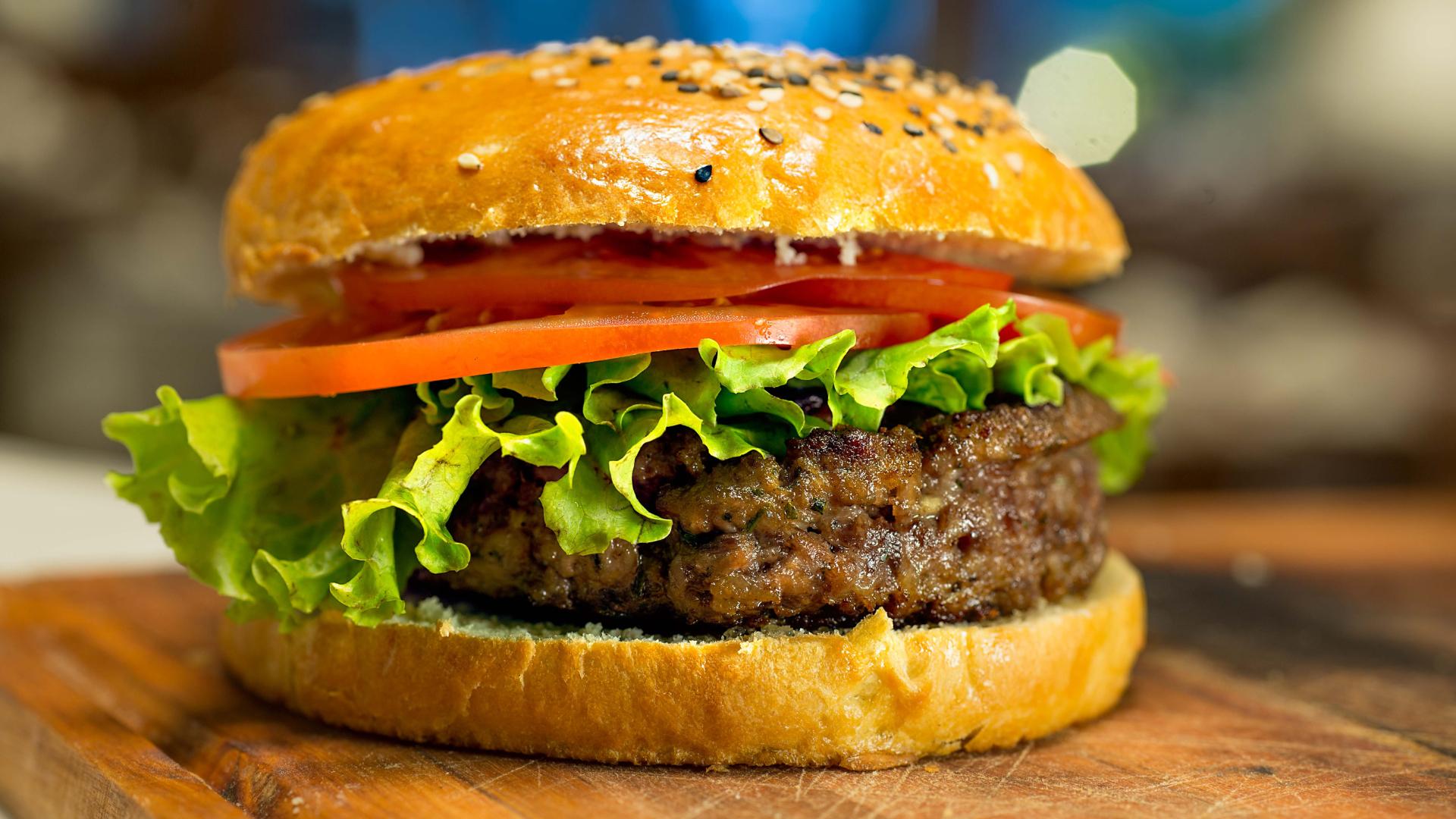
Aside from the prices and all the psychology behind them, there are a few visual or aesthetic aspects of menu engineering you must consider as well. These are proven tactics that are effective in enticing customers to order more, order pricier or more profitable foods, among other benefits. Here are the top three practices you must apply when planning a new design for your menu.
Place high-margin items in the "golden triangle"
The golden triangle is a concept in restaurant menu design that refers to the three areas of the menu that customers are most likely to see first. They are the top center, the top right corner, and the top left corner. These areas are called the golden triangle because they are the most effective places to put your most profitable items. According to research, people's eyes are naturally drawn to these areas of the menu. This is especially important for restaurants that have big menus, which makes it difficult for customers to decide what to order. So, if you don’t want to reduce your menu’s size, using the golden triangle to your advantage is a must. Here’s how to do it:
- Put your most profitable items in the golden triangle. These are the items that you make the most money on, so you want to encourage customers to order them.
- Use clear and concise descriptions for your items. Customers should be able to easily understand what each item is and why they should order it.
- Use high-quality images of your items. This will help customers visualize what they are ordering and make them more likely to order it.
- Use bold fonts and colors for your items in the golden triangle. This will help them stand out from the rest of the menu.
I’ll give you an example of how I applied those and the following tips to my menu.
Use descriptive and persuasive language
Descriptive and persuasive language can be used to create a restaurant menu that is both informative and appealing to customers. Here are some tips on how to use these techniques:
- Use descriptive language to paint a picture in the customer's mind. This means using words that appeal to the senses, such as sight, smell, taste, touch, and hearing. For example, you could describe a dish as "a juicy, grilled steak with a crispy sear and a tender, juicy interior" or "a creamy, decadent chocolate mousse with a rich, chocolate flavor." This is a clever alternative to a sales-oriented language often used in restaurants.
- Use a balance of descriptive and persuasive language. You don't want to overload your menu with too much descriptive language, or it will be difficult for customers to read. However, you also don't want to use too much persuasive language, or it will seem like you're trying too hard to sell them something.
- Be consistent with your tone and style. The language you use should be consistent with the overall tone and style of your restaurant. For example, if your restaurant is a casual bistro, you would use a more informal tone than if you were a fine dining establishment.
- Use action verbs to make your menu items sound more appealing. For example, instead of saying "grilled steak," say "seared to perfection."
- Use superlatives to make your food sound even more delicious. For example, instead of saying "good," say "the best burger in town." Of course, make sure to back it up with high-quality food!
By following these tips, you can create a restaurant menu that will help you attract and retain customers.
Use photos and illustrations strategically
Photos can be a great way to make your restaurant menu more appealing and informative. Here are some tips on how to use them effectively:
- Use high-quality photos. The photos you use should be clear, well-lit, and in focus. They should also accurately represent the food you are serving.
- Keep it consistent with your branding. For example, if your restaurant has a casual, rustic vibe, you would use photos that reflect that style.
- Use photos but not too many. Too many photos can make your menu look cluttered and overwhelming. Instead, choose a few key photos to highlight your most popular or profitable dishes depending on your menu engineering goals.
By following these tips, you can use photos and illustrations to create a more appealing and informative restaurant menu.
Example of menu design applying these techniques
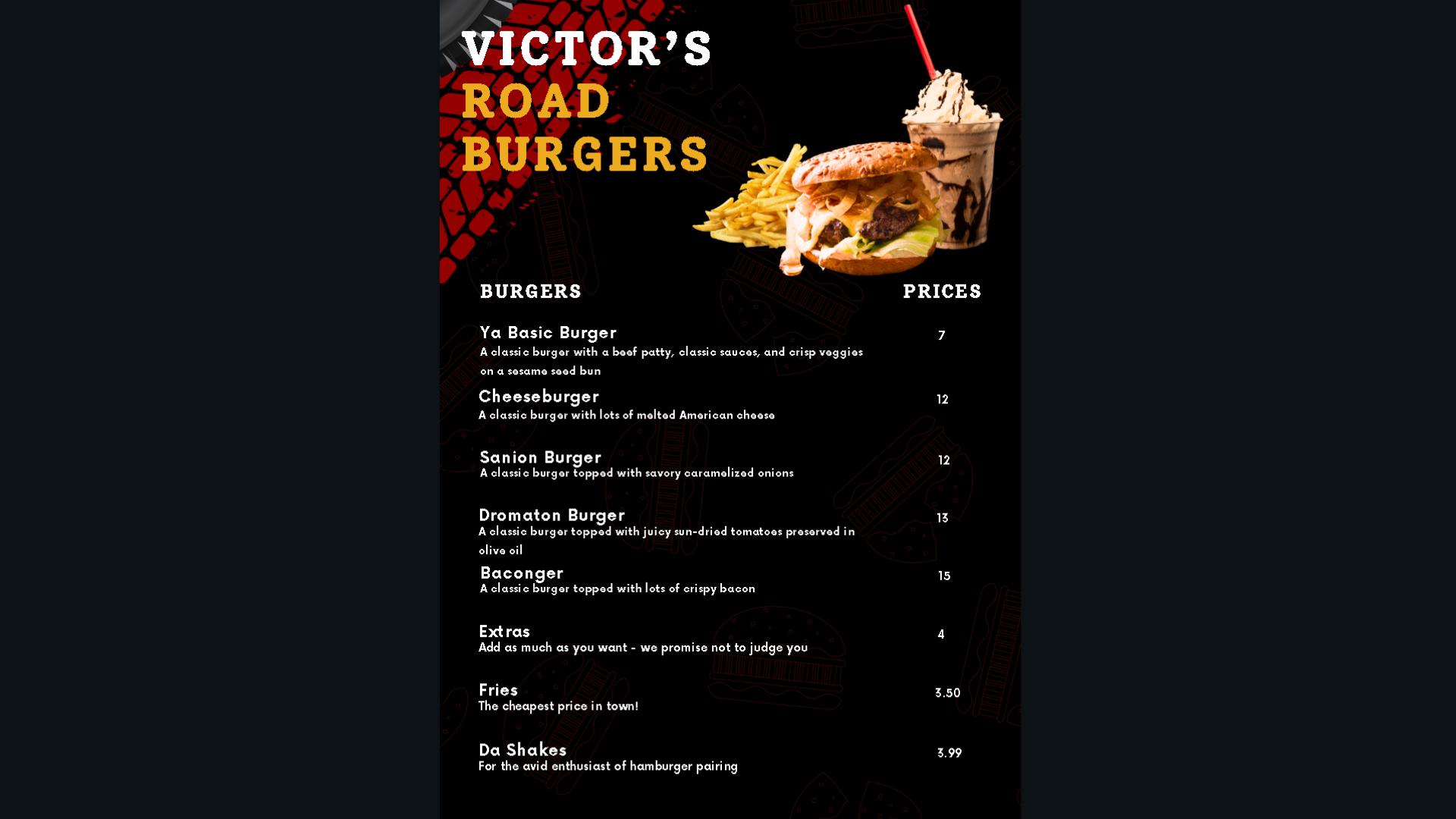
Here’s how I designed the menu for my food truck using all of these techniques.
6. Test and refine your menu
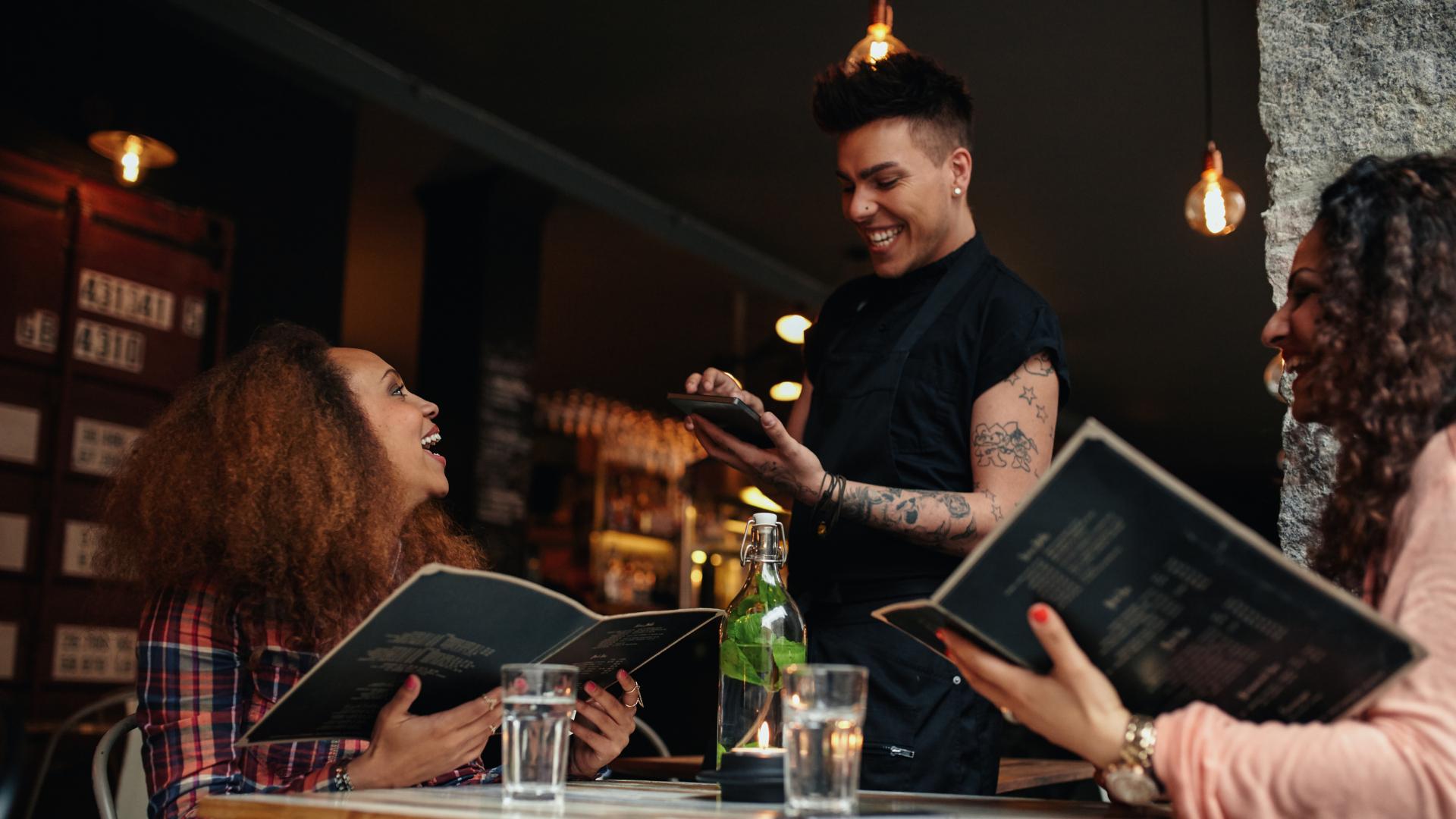
After you finish creating your menu, you must test it with your customers. Here’s what I recommend you do to test it effectively:
- Gather data about your current menu’s performance. You should know how effective upselling techniques are, how many customers order specific dishes, which dishes sell the best, and which are underperforming, among other things. By this point, you should have access to all of this information. Make sure you write it down and keep it somewhere safe so you can compare the performance of the new menu later on.
- Inform your staff of the changes. Don’t forget about this step, especially if the new menu changes the way the kitchen should operate. In those cases, make sure to retrain your staff so they know all the new procedures and apply them efficiently once the new menu comes into place.
- Print the menu in the best possible quality.
- Don’t forget to put it in other marketing materials, such as your social media or even email marketing strategies.
- Train your staff so that they educate your customers about the new changes in the menu.
- Try the new menu for at least three months.
- Gather all the performance data you can and compare the results.
Something to keep in mind is that there is no perfect menu – they will all give you different results. That’s why you must not strive to achieve perfection, but only to try and improve the results you’re currently getting.
Apply Menu Engineering Several Times Per Year
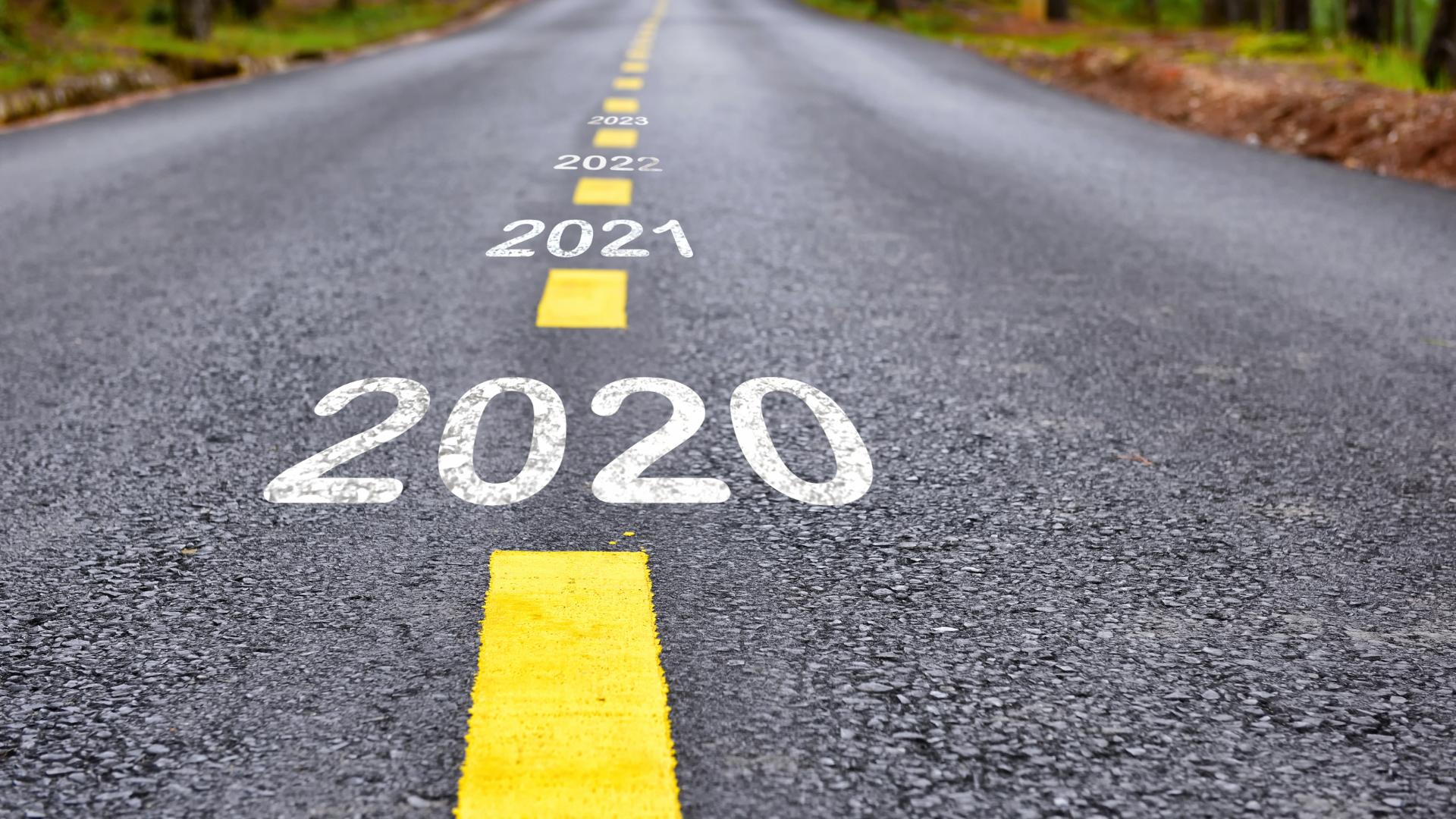
Menu engineering is not a one-time tactic you can apply and forget about. Instead, it’s something you must apply several times per year – ideally, three to four times yearly. Why? Because the market is constantly changing. You must keep up with the market so your restaurant can survive! New restaurants open every day, there are thousands of customers you don’t reach in your city, and prices and trends are constantly fluctuating. And those are only a few of the challenges restaurants face. Revisiting your menu and making appropriate changes helps keep your restaurant relevant and avoid stagnation. The last thing you want is boring your customers with the same old offers. Are you applying menu engineering in your restaurant? You better be!
